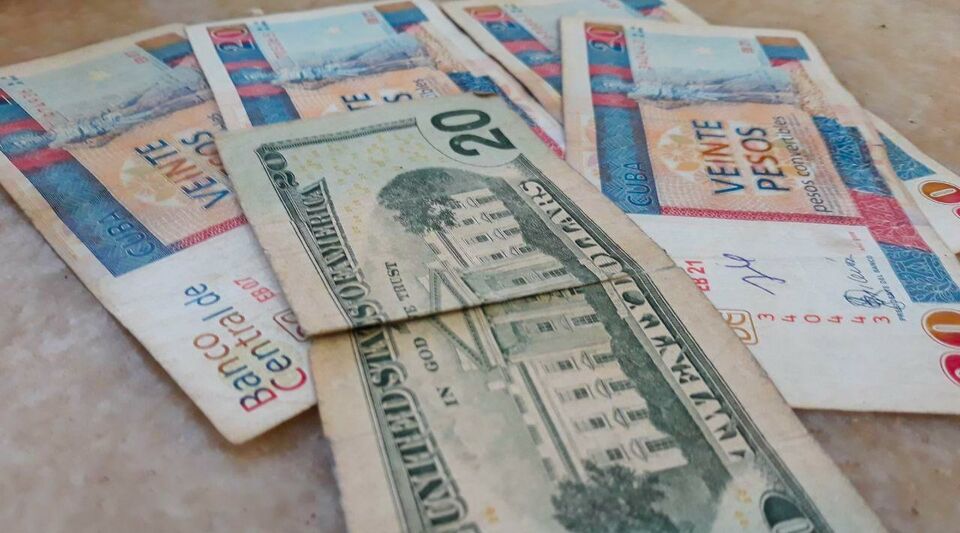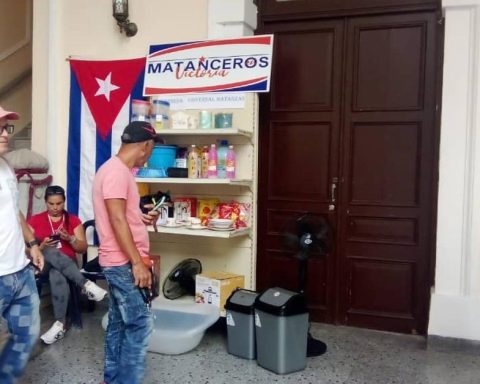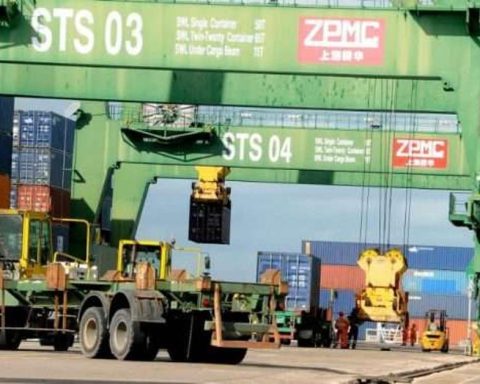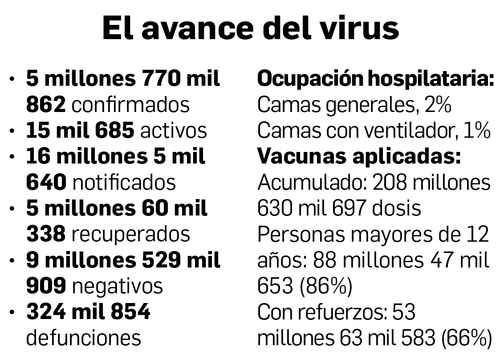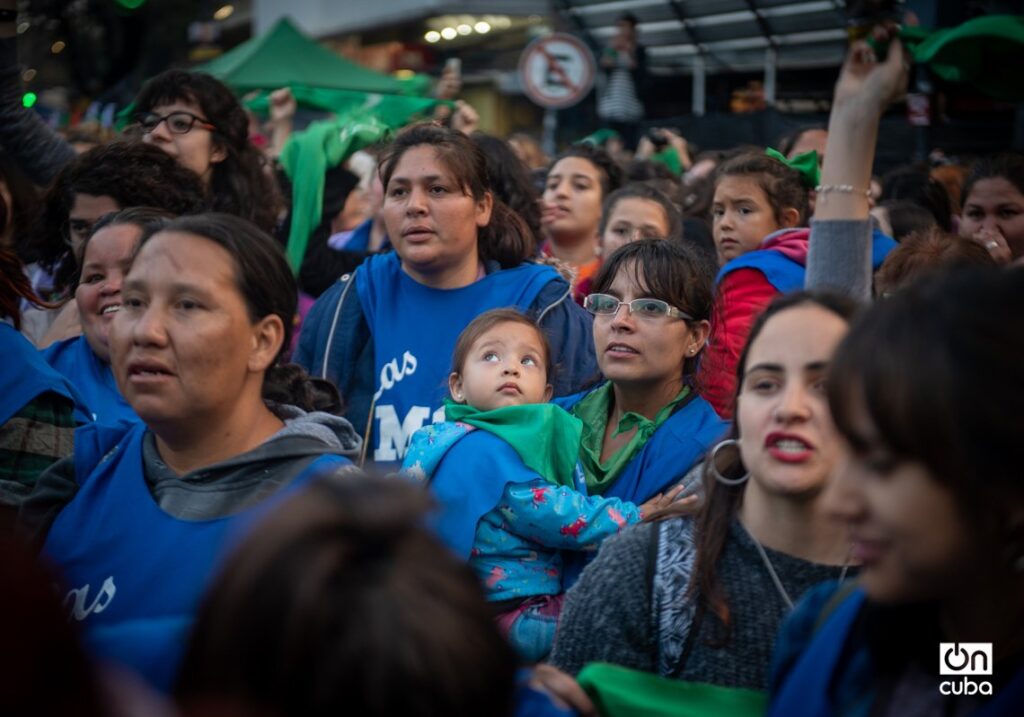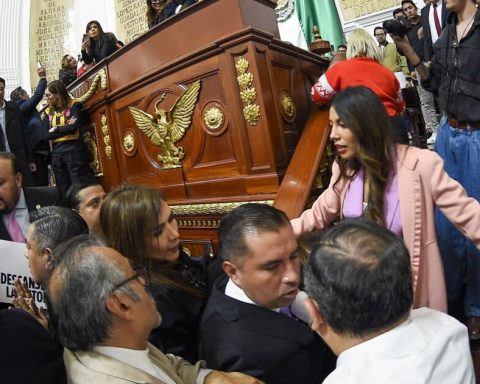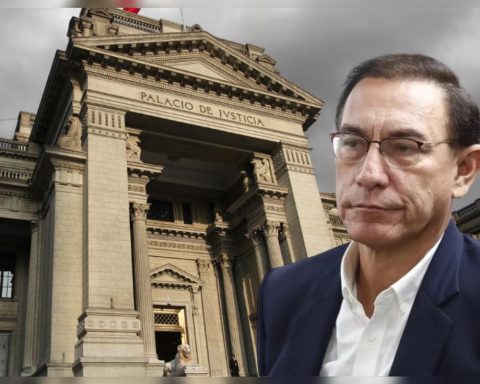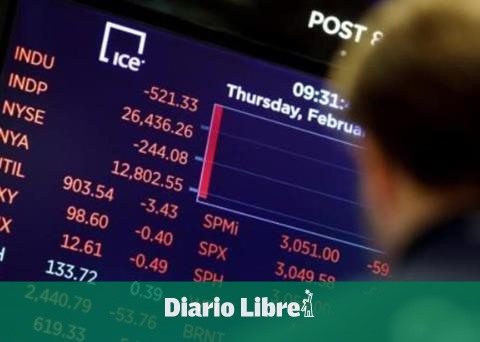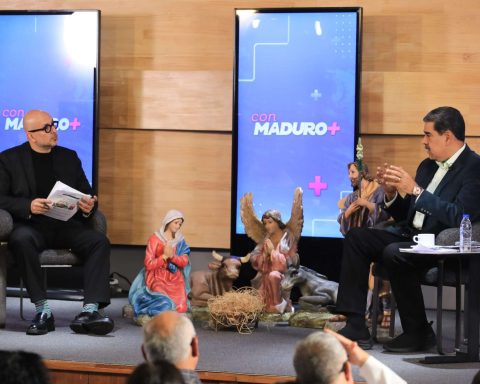The Central Bank of Cuba (BCC) denied this Tuesday that it is selling US dollars and freely convertible currency (MLC, the Cuban virtual currency backed by foreign currency) to individuals. According to the official newspaper Granma, The monetary authority has thus responded to rumors that emerged after an announcement by the Cuban Government that it would sell dollars economic actors under certain conditionsa measure that has not yet been applied.
The BCC assured that it is “false news” that is circulating “on social networks and digital media.” “Don’t be fooled, follow our official channels,” the BCC wrote on Twitter.
The newspaper criticized that “it is the second time this year that there is an attempt to manipulate the issue.”
He argued that there are those who take advantage of the impact of inflation derived from the shortages caused by the pandemic and the tightening of the economic sanctions of the United States on Cuba.
The country temporarily suspended bank deposits of dollars in cash in June 2021 due to “obstacles” of the US embargo, although banks continued to accept other currencies in cash such as euros, pounds sterling, Canadian dollars and Japanese yen.
For their part, the euro and the MLC maintained values of 110 and 106, respectively.
In mid-May, the Cuban government announced that it would sell MLC to some state and private economic actors, without specifying the conditions.
The Cuban Minister of Economy and Planning, Alejandro Gil, advanced that this sale would be “gradual and selective”, at a rate higher than the official one (24 Cuban pesos, CUP) but without exceeding the informal rate (currently around 100 CUP). ).
For the first time since January, the dollar is quoted this week below 100 pesos in the informal market, a depreciation that some experts link, among other issues, to this announcement by the Cuban government.
This price is the calculation made daily by the independent media The touch, that weighs the figures of hundreds of forex trading advertisements on various web pages in the country, and that many experts take as a reference value. For their part, the euro and the MLC maintained values of 110 and 106, respectively.
Alejandro Gil’s statements immediately drew criticism from experts, such as the economist Pedro Monreal, who described it as “one more nail in the coffin of the ‘ordering’ and a possible source of illegalities.” In any case, the collapse of the MLC, since last weekseems a direct consequence of those statements.
Another factor that has influenced the decline in currencies are the new measures announced by the US government of Joe Biden last week, on May 16, among which is eliminating the limit on remittances of 1,000 dollars per quarter and per person.
This restriction had been in place since 2019, when it was enacted by then-US President Donald Trump along with other provisions that largely paralyzed the official foreign exchange business, such as a ban on doing business involving the military. Cubans. This was the case of Fincimex, included in the blacklist of the US Treasury in June 2020, which managed remittances until then.
________________________
Collaborate with our work:
The team of 14ymedio is committed to doing serious journalism that reflects the reality of deep Cuba. Thank you for joining us on this long road. We invite you to continue supporting us, but this time becoming a member of our newspaper. Together we can continue transforming journalism in Cuba.
